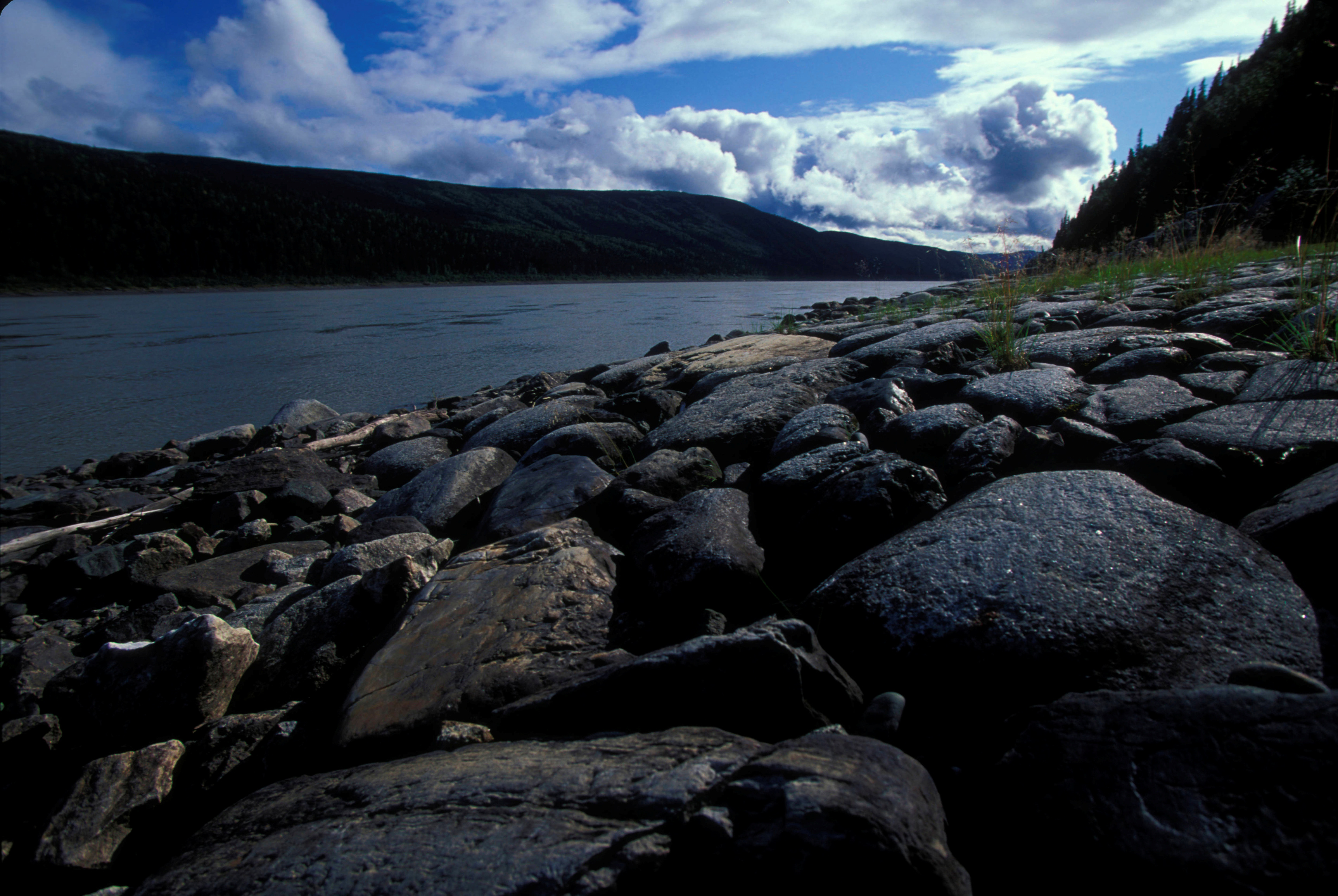How restrictions along U.S.-Canada border divide an Indigenous Arctic people
Different immigration laws on each side of the U.S.-Canada border mean members of Gwitchin and other Indigenous groups can be cut off from relatives and traditional lands.

SEATTLE — As plans for a wall along the U.S.-Mexico border are raising fears that the ancestral lands of Native Americans in the south will be divided, Indigenous people in the north are calling attention to their own border problems.
The United States and Canada share the largest undefended border in the world, but free passage across it for Indigenous groups is easier in one direction than the other, tribal leaders and immigration lawyers said at the Arctic Encounter Symposium last week.
A tribal member born in Canada can come to the United States to work or live without the paperwork usually required by immigration law thanks to a 200-year-old treaty.
Canada, not a party to the treaty, has different rules.
“We should be allowed to travel freely within our own territory and create economic opportunity for our people in what has always been our homeland,” Ed Alexander, a Gwitchin tribal member in Fairbanks, Alaska, told the Thomson Reuters Foundation.
The Gwitchin, an indigenous tribe that populates both sides of the U.S.-Canada border along the Yukon River, need teachers on the Canadian side but members of the tribe born in the United States, like Alexander, can not easily make the move.
Alexander, himself a teacher and co-chair of the Gwich’in Council International, said that Canada’s refusal to recognize the treaty has created obstacles for the Gwitchin in Alaska.
They cannot follow caribou herds across the border for subsistence hunting, he said, and U.S. resident Gwitchin without passports or with criminal records for infractions like drunk driving cannot enter Canada.
They also can not visit Tl’oo Kat, a sacred place for the Gwitchin for generations where the Niintsyaa ceremonial gathering for political decision making and traditional dance takes place.
Immigration lawyer Greg Boos pointed to a case wending its way through Canada’s legal system as particularly egregious.
In it, a U.S. citizen member of the Confederated Tribes of the Colville Nation crossed into British Columbia to hunt elk and was charged with a hunting violation.
Prosecuting a case against someone whose ancestors have hunted in the same geographic area for thousands of years is the unwelcome byproduct of border enforcement, said former Yukon Premier Tony Penikett.
“The border has created a kind of fiction in the sense they drew a line across these traditional territories,” he said.
Over 750,000 Native Americans and Alaska Natives live in U.S. states that border Canada, according to census figures.
Indigenous Canadians make up about 5 percent of Canada’s 36 million people.
A 2017 report by the Canadian government recommended ratifying the treaty to adhere to the free movement across borders enshrined in the U.N. Declaration on the Rights of Indigenous People, but it has not done so.
The Canadian government did not respond to requests for comment.